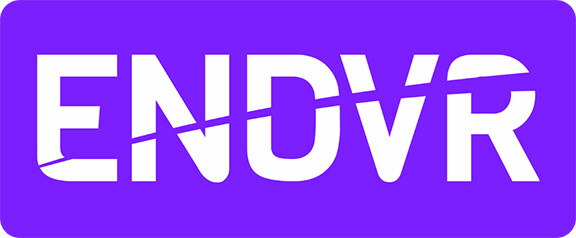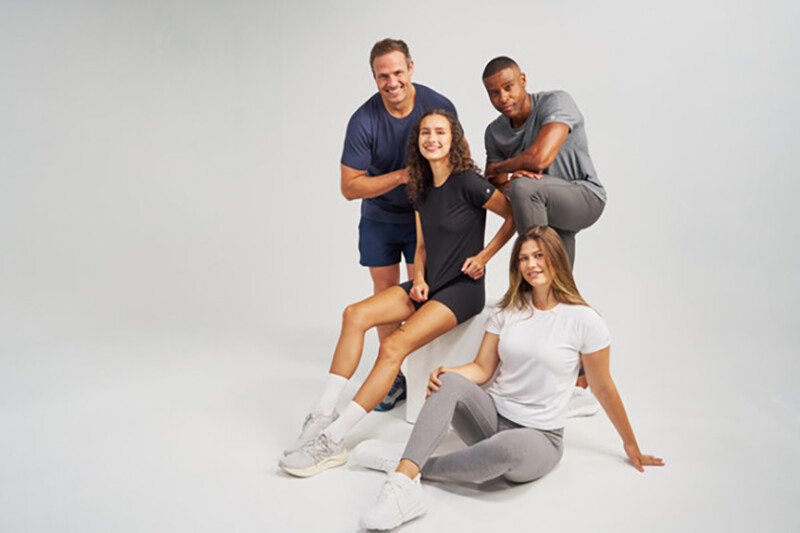Customers hate to repeatedly have to come back to the store to get everything they could have purchased – and would have purchased – during their first visit. Year after year, industry surveys tell us exactly that. But even though we’re aware of this simple fact, run specialty retailers still put the majority of their attention on the one product they are known for — footwear. And although shoes are the bread and butter, it’s a tremendous oversight to focus on them while the selection of amazing essentials sit alone on the racks, taking up space and gathering dust. However, this predicament, it turns out, is also opportunistic.
Because what would happen if you and your team collectively committed to expand the fit stool conversation beyond footwear? Maybe you’d have less customers with chafing issues, knee pain or other injuries. Maybe folks’ bouts of plantar fasciitis wouldn’t last all summer long. Maybe your training programs and event participation will blossom exponentially. Or maybe the season’s marathoners will be less likely to bonk mid-race.
These maybes, and plenty more, are the key to cranking up revenue with a greater emphasis on the Essentials (don’t call them Accessories) category.
Happy customers and a healthier business are a choice away. And bonus, this choice doesn’t have a downside. Because when you focus on essential products besides footwear, customers will still keep coming in the door looking for shoes. Which means you’ll keep selling shoes at the normal rate, but you’ll also sell a whole lot more items that aren’t on customers’ radars when they first walked in your door.
A Outdoors Retail Tale
I want to tell you about a personal shopping experience. Please bear with me.
A few years back, when I was getting ready to walk the Oregon Coast Trail, I scoured blogs and books and bought up a small fortune’s worth of essentials. I got a new backpack, sleeping bag and ground pad. I locked down a pair of trail shoes, some killer insoles and a couple pairs of sweet Merino socks. With only a stove remaining on my to-buy list, I stopped by a reputable outdoor store to complete the prep.
As soon as I walked into the shop, an attentive employee greeted me and prompted me to tell my story. She heard me out, celebrated my aspirations with a high-five and infectious smile, then deepened her inquiry and leaned into my answers. At some point she told me we’d look at stoves, sure, but there were also a few other things I may need (or want) for a successful Pacific coast thru-hike.
She asked if I was open to hearing about such things — I was. And not only was I open to it, I was legitimately excited to hear her thoughts on my story.
The first thing we did was grab a shopping cart. She then proceeded to walk me around the store, pointing out a handful of items. She prioritized them as such: Items I needed (and why), items I may need (and why) and items I may want (and why). In each case, she offered the product’s relevance to my story and educated me on its attributes. Some items ended up in my cart, some did not.
She followed a retail “rule” I often mention during workshops: Don’t stop offering products until one of two things happens:
1. The customer says they are out of time.
2. There’s nothing relevant left to suggest.
Safe to say she ran out of items to mention. But even then, she still asked me if there was anything else I was interested in learning about. There was not. I left the store with a rock solid stove and so much more — all of which proved useful during my adventure.
Reframing the Essentials Sale
In our world of run specialty, we often worry that this sort of professional outfitting will be seen as a disingenuous attempt to boost sales. But fact is, if we are truly matching products to the customer’s unique story, we will rarely, if ever, be mistaken as deceitful.
To elevate the focus on essentials in your store, first rally your team around the importance of taking better care of customers. Then, reframe your service focal point around the customer’s overall story, not just their need for shoes. Once you’ve reset your foundation, follow these seven practical steps towards happier customers and bigger profits:
1. Listen intently as the customer tells their running journey story.
2. Ask questions about their story, then ask more depending on the answers.
3. Make mental connections between the customer’s story and possible products/services that will enhance it.
4. Get permission to make suggestions beyond the customer’s perceived need.
5. Educate with context. Example: You may need/want this — and here’s why.
6. Only stop offering if you’ve exhausted relevant suggestions or if the customer is out of time.
7. Before heading to the register, ask if you missed anything.
Bottom line, the shoe fit is a vehicle for so much more than a footwear sale. If we meet customers where they are, we’re more likely to get them everything they need today. Which inevitably means happier customers and a healthier business.







